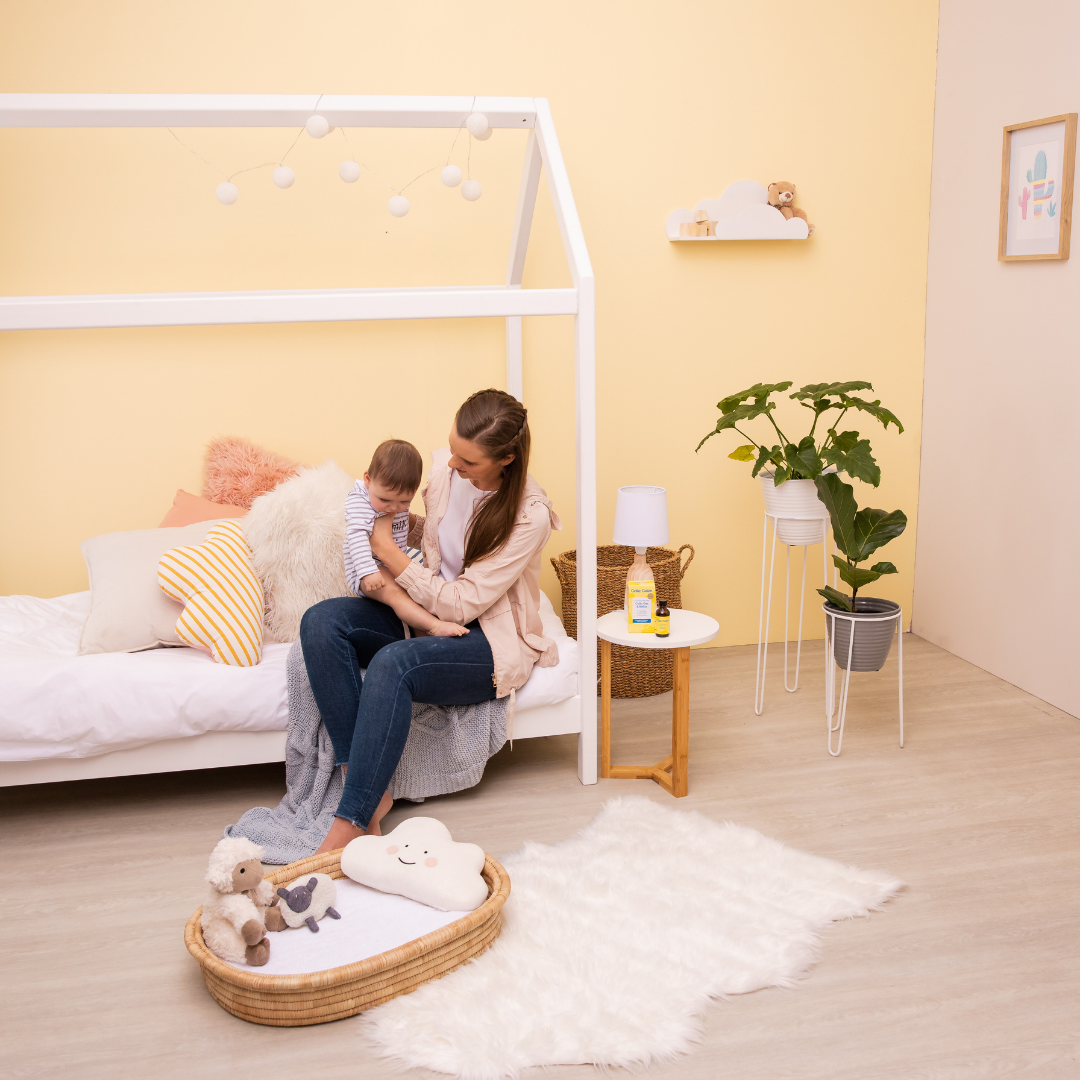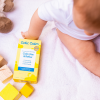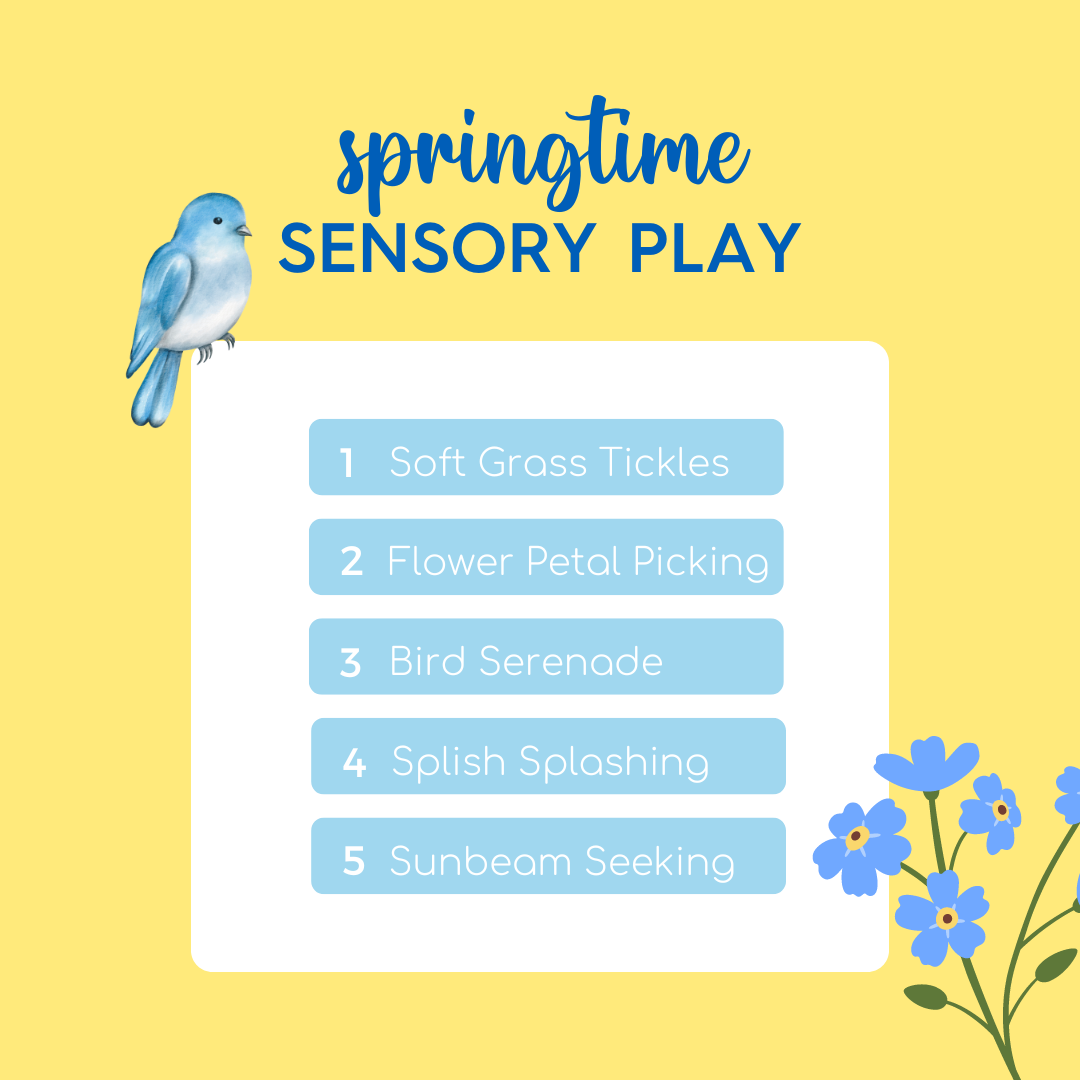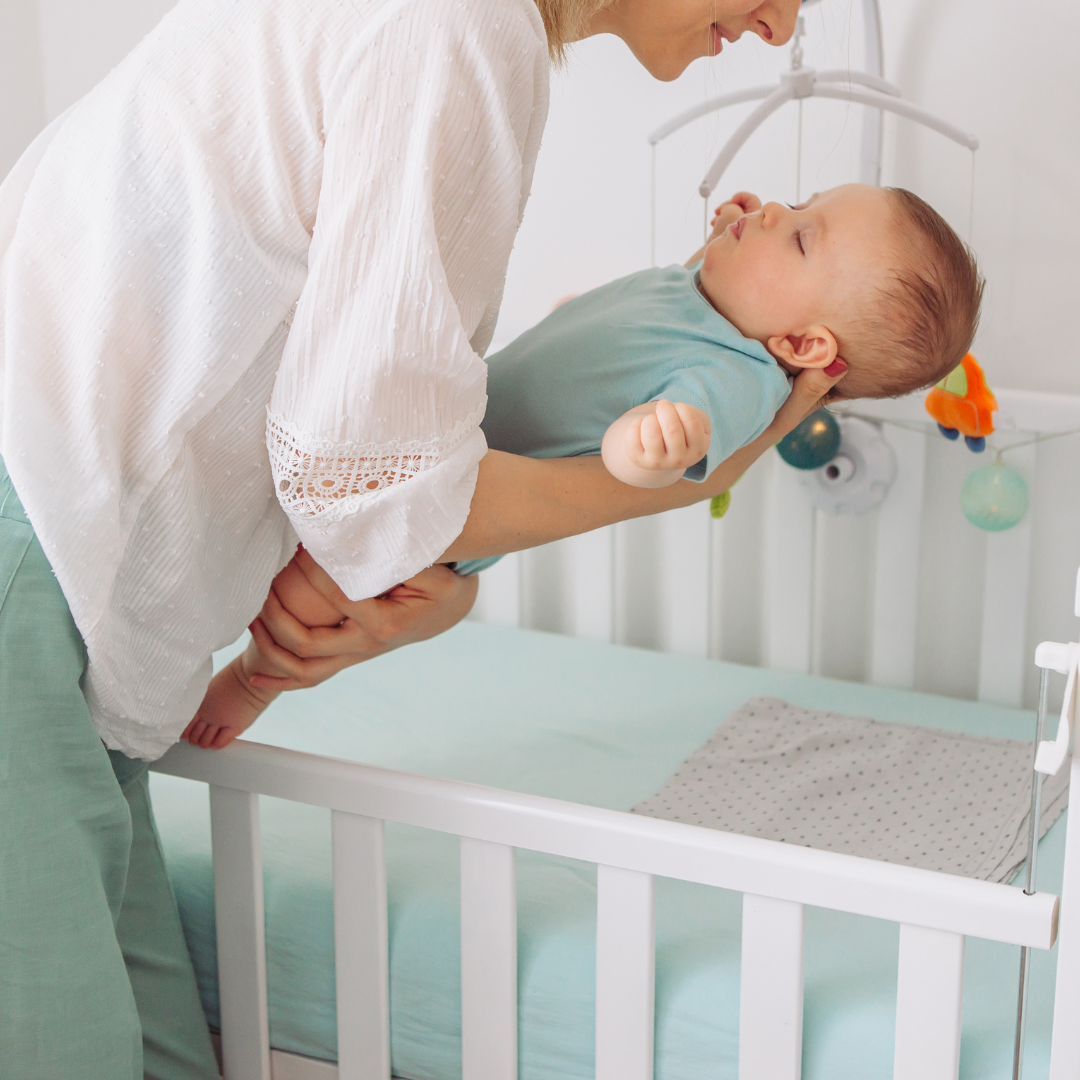Inspiration for Painting Your Baby’s Nursery

The average home spends around $2,000 on a new nursery space, with items such as the baby carriage, shelves, lighting, baby mobile, and a few other items helping to turn a room into a special abode for the newest addition to the family. Even if you have a small budget for decoration, one aspect that won’t set you back more than a few dollars but that will make a huge difference in terms of style and ambience, is paint. If you are inspired to take on a new DIY painting project, you might find the following tips useful.
Choose a Non-Toxic Paint
The Environmental Protection Agency warns that in many homes, the quality of the air indoors is two to five times as it is outside, and much of it has to do with the amount of toxins we bring into our homes. In order to reduce this toxic burden, you can not only opt for gentler cleaning methods, but also opt for a baby-friendly paint for your baby’s nursery. Choose VOC (Volatile Organic Compound)-free paints, since VOCs can cause a plethora of issues - everything from eye, nose, and throat irritations, to headaches and even worse issues. Some paints are completely natural; they are made from ingredients like soy oils, plant pigments, clay, and chalk. Milk paint, meanwhile, is made from casein so you can consider any of these choices.
Adding Paint Effects
The traditional baby room usually has one main color on the walls and a few stickers or baby decorations to liven the room up. Why not add a few more designer touches to your project by introducing dry brush effects, or by creating other patterns with the brush itself - including clouds, stripes, and geometric shapes? Dry brushing is applied once paint is dry. The edge of the bristles are introduced into a small amount of paint and passed over the painted walls and furniture, lending an aged or distressed look to what is being painted. This technique adds a vintage, cozy feel to a room, going against an overly simplistic or standard feel.
The Psychological Effect of Color
The link between color and mood has been established for many years. Colors like red, for instance, have been shown to promote greater attention, blue has the effect of enhancing calm and trustworthiness, green and lavender are also known to have calming effects, while orange and yellow are natural energizers. In the first few years of a baby's life, getting them used to a sleeping schedule may be a challenge, which is why going for gentle, tranquil tones may be helpful. To enhance this effect, keep the room in one main tone rather than painting walls in contrasting tones. Indeed, ensuring that even bedding cushions and other key items bear similar colors to the walls will lend a sense of being embraced in a calming color that is conducive to sleep.
If you are excited about painting your baby’s room, start out by choosing a non-toxic paint that will keep eye irritation, headaches, and other problems at bay. Choose calming colors that will make the baby feel almost instantly sleepy and relaxed once they enter their special space. Finally, think about how to shake things up buy using sponges, brushes, and other tools to create distressed effects and/or cloud and animal shapes that your baby will enjoy contemplating when they get a little older.
 Canada
Canada South Africa
South Africa UK
UK EU & Int
EU & Int Ireland
Ireland Australia
Australia Brazil
Brazil New Zealand
New Zealand













Comments